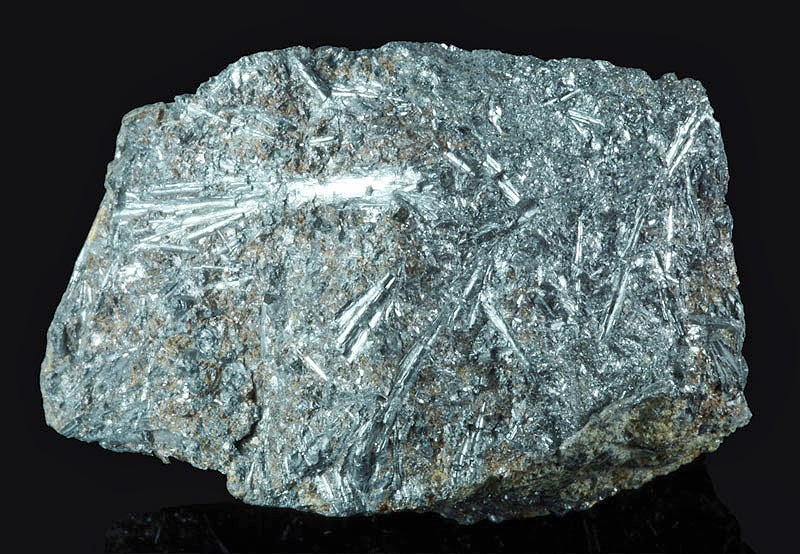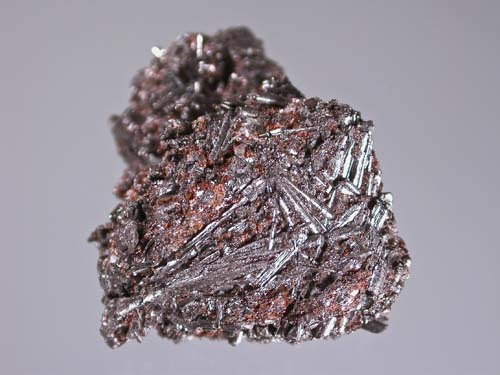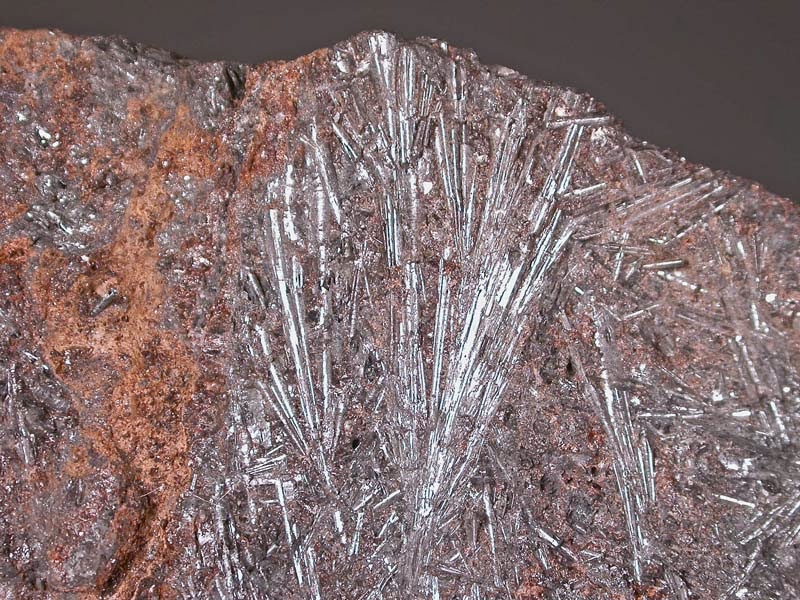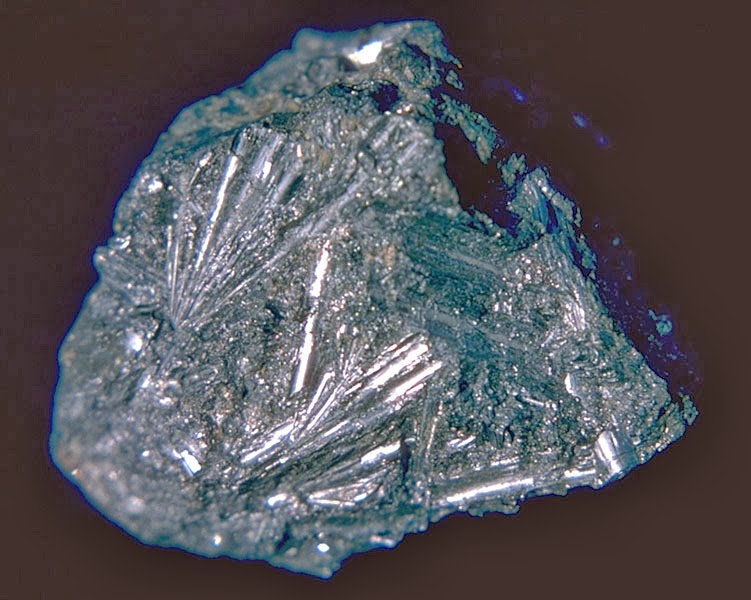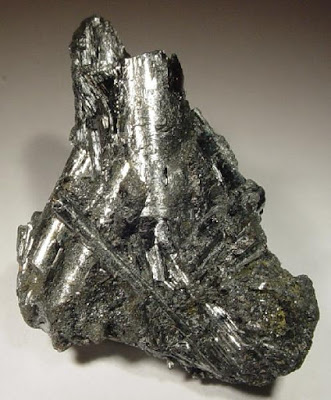
Chemical Formula: Pb3Sn4FeSb2S14
Locality: Poopo, in Oruro, Boliva.
Name Origin: From the Greek, kylindros, “cylinder.”
Cylindrite is a sulfosalt mineral containing tin, lead, antimony and iron with formula: Pb3Sn4FeSb2S14. It forms triclinic pinacoidal crystals which often occur as tubes or cylinders which are in fact rolled sheets. It has a black to lead grey metallic colour with a Mohs hardness of 2 to 3 and a specific gravity of 5.4.
It was first discovered in the Santa Cruz mine, Oruro Department, Bolivia in 1893. The name arises from its curious cylindrical crystal which it forms almost uniquely among minerals.
Physical Properties of Cylindrite
Cleavage: None
Color: Lead gray, Grayish black.
Density: 5.4 – 5.42, Average = 5.41
Diaphaneity: Opaque
Fracture: Malleable – Deforms rather than breaking apart with a hammer.
Hardness: 2.5 – Finger Nail
Luster: Metallic
Streak: black
Photos :
